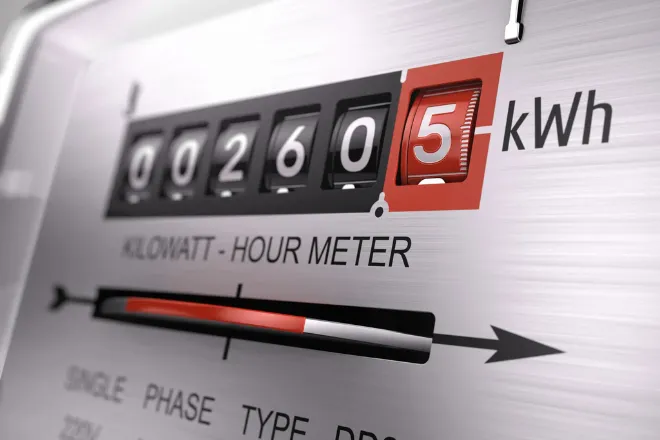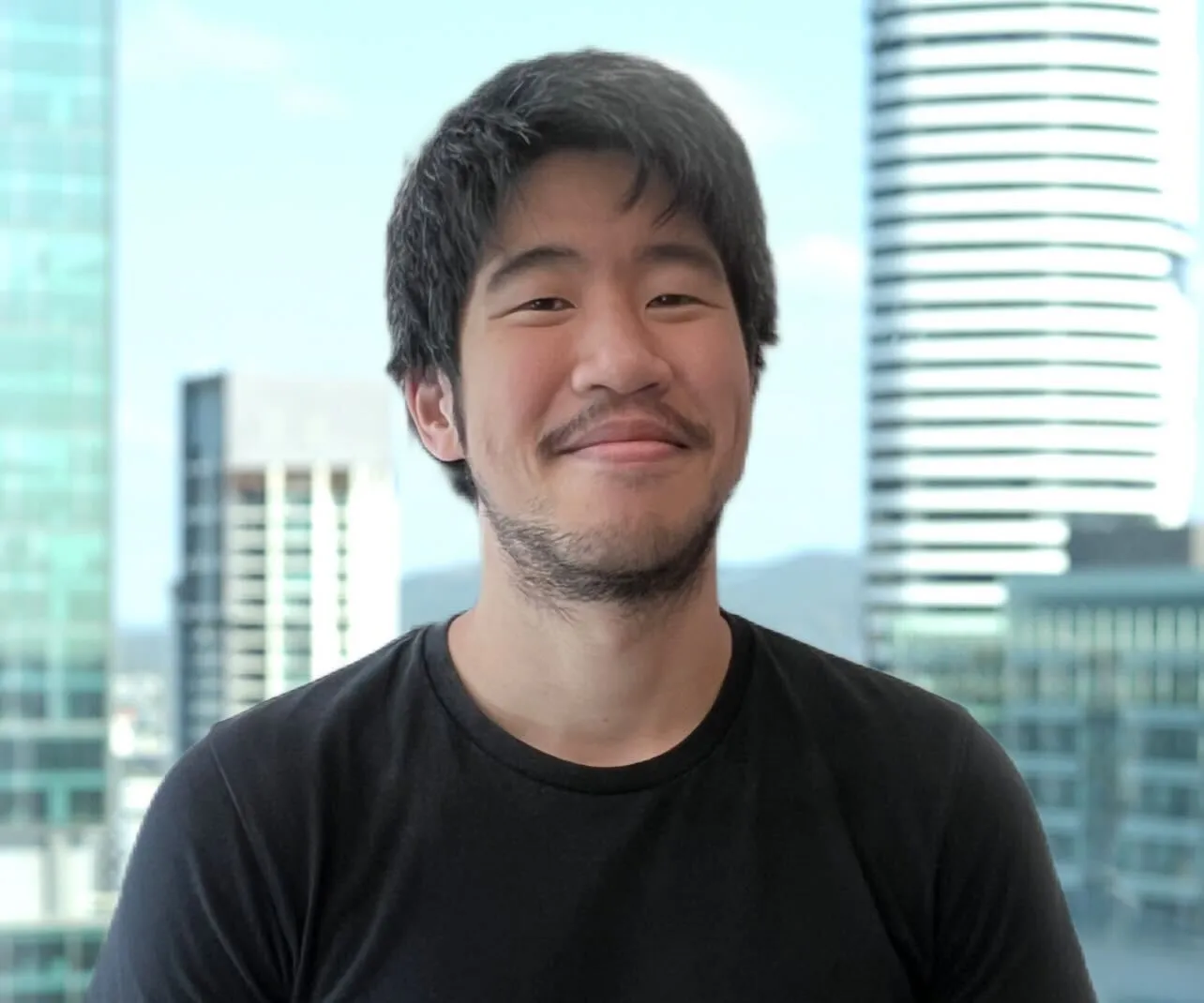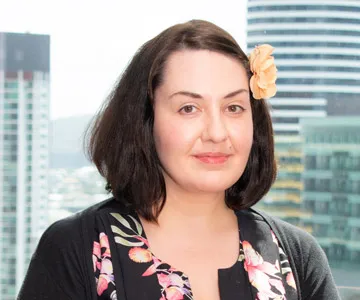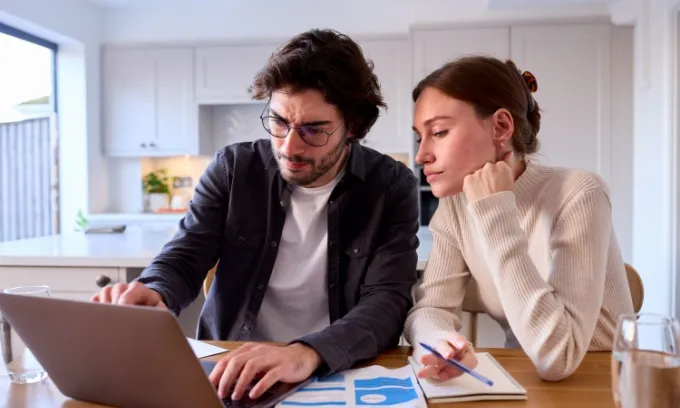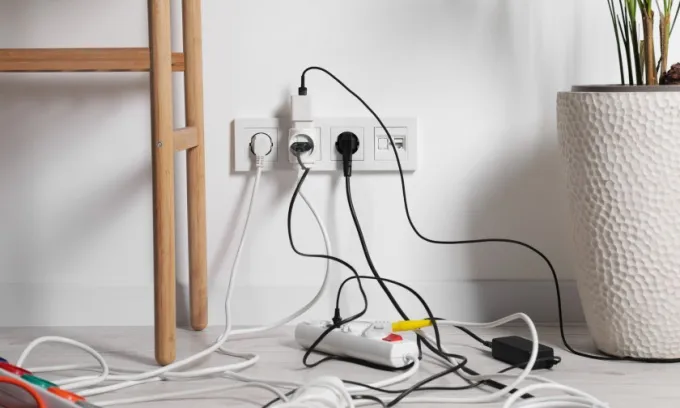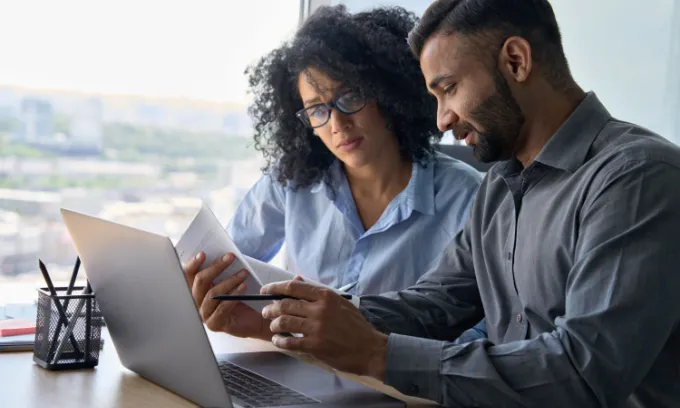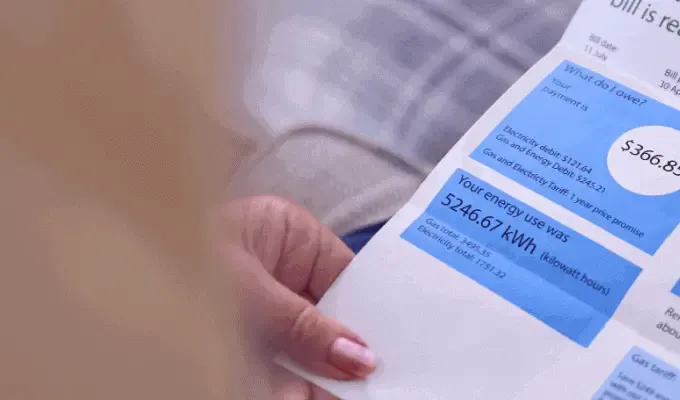Step 1: Compare electricity and/or gas plans
Moving homes is an opportunity to compare energy plans and switch providers for a better deal. Using Canstar’s energy comparison platform can help you find some of the best electricity or gas deals at your new address.
If you’re moving into a home with solar panels
You can switch to a solar-specific electricity plan and take advantage of solar feed-in tariffs (FiTs).
Solar FiTs are a credit you receive for feeding your excess solar into the grid at times of high demand.
When comparing energy plans with solar-specific plans, a higher solar FiT could mean higher base electricity rates. Our guide on solar FiTs explores the important things to consider before committing to a solar plan.
If you’re moving interstate
It is important to know whether the state you are moving to is regulated or deregulated.
In a regulated energy market, energy pricing and competition are controlled and set by the state’s government to protect consumers from overpaying. In a regulated energy market, you can’t compare or choose your own plans or providers.
The following states and regions are regulated for electricity and gas:
- Western Australia
- Northern Territory
- Regional QLD.
In a deregulated energy market, residents can access full retail competition and freely shop around for their preferred energy plans and providers.
The following states and regions are deregulated:
- New South Wales (NSW)
- Australian Capital Territory (ACT)
- Victoria (VIC)
- South Australia (SA)
- South East Queensland (QLD).
If you’re moving into an embedded network
If you’re moving into an apartment complex, you may be moving into an embedded network.
An embedded electricity network is a private contract between a site operator and an energy retailer to supply power to buildings or homes in a specified area.
Embedded electricity networks supply energy to a site at a single metered point. Electricity is then distributed and billed to residents through their private sub-meters.
You can choose to buy electricity from a retailer other than your site operator. Keep in mind that switching takes longer than if it were conducted outside an embedded network.
Moreover, switching may not be possible if:
- Your sub-meter needs replacing to be eligible for a regular energy plan. If you’re renting, you’ll have to seek permission from your landlord, who can deny that request.
- Energy retailers can choose not to sell you electricity.
If you’re moving into a rental where your landlord pays the bills
At some rental properties, your rental payments cover the cost. In this case, you’re unlikely to be eligible to switch providers. You should be able to find this arrangement written down in your new rental agreement or lease.
Step 2: Tell your existing provider of your moving-out date
If you’re switching energy providers and plans
Notify your existing electricity and/or gas provider as early as possible to avoid paying supply charges at your old address after moving out.
Supply charges are fixed daily charges you pay to maintain your connection to the power grid or gas pipelines, irrespective of how much energy you use.
Once they’re aware of your move-out date, you will continue to receive electricity and/or gas until this date passes.
If you’re moving out of a rental property, you won’t need to disconnect the energy supply. Generally, the retailer will automatically transfer the property back to the energy account of the real estate or landlord.
Exiting your current electricity or gas plan may also attract some fees:
- Disconnection fee: This is charged when you move out and your home needs to be disconnected from the power grid. These charges can be anything from $110 to $130, depending on the retailer and location. Embedded electricity disconnections can also cost around $66.
- Exit fee: Some contracts will charge an exit fee if a customer leaves the contract within the first one or two years. Exit fees are fairly uncommon but can prove costly.
Fee information can be found on each plan’s energy fact sheet. On the results page of our energy comparison platform, you can access this sheet by clicking on ‘basic plan information’ under each plan.
If you’re keeping the same provider and plan
Inform your energy provider of your planned move-out and move-in dates. They’ll transfer your billing account over to your new address, typically taking less than a day at no cost.
If you live in QLD, VIC or NSW, you should also check whether you’re moving to another distribution network. If you are, your current energy contract can’t be carried over to your new home.
A distribution network refers to the area of coverage offered by a distributor, who is responsible for supplying electricity or gas and maintaining the infrastructure to do so. In each state, there are different gas and electricity distributors.
Step 3: Tell your new provider of your moving-in date
If you’ve settled on a new provider and plan, it’s time to kickstart the switching journey. Sign up at your new address with your new energy retailer, commencing from the date you move in.
On our energy comparison platform, clicking on your preferred plan will redirect you to the corresponding provider’s page to complete the switch.
Step 4: Check if your new home has an electricity and/or gas connection
If you’re moving into a home that’s been vacant for a while or newly-built, you’ll likely have to organise a gas and/or electricity connection, which can take a few working days.
If it’s a rental, your new landlord is liable for any costs incurred to set up a connection. Make sure you’re reimbursed if you’ve paid out-of-pocket for any of these.
Electricity connection
Once you’ve informed your provider of your move-in date, they will typically set up a new electricity connection with your distributor on your behalf by:
- Submitting a connection application form to the electricity or gas distributor servicing your area with your preferred connection date.
- The distributor will dispatch a technician to your home to complete the connection and later to install a meter. In most cases, the electrician, builder or contractor involved in your home’s construction can do this for you before you move in.
- Your electricity distributor may charge a connection fee, which will vary based on location and the process may take several business days.
It is best to have a connection finalised days before your move-in date. You can typically set up a new connection up to 90 days earlier. This ensures you will receive uninterrupted access to power on arrival.
If you urgently need power, you can request a same-day connection from your provider. There can be a cut-off time, which is usually before midday on a weekday. If you miss your provider’s cut-off time, your connection may be pushed to the next business day.
In some circumstances, you may be eligible for an urgent connection after hours or over the weekend. However, urgent connections usually incur additional fees, so it’s best not to leave your energy connections to the last minute.
Gas connection
Connecting natural gas to a new or vacant property is similar to electricity:
- You will need to confirm if you have access to natural gas at the new property. If the house is on a mains gas network but doesn’t already have the necessary piping to set up a connection, you may be able to organise one.
- Notify your natural gas retailer of your new address and required connection date. Retailers will often need between three and five days to set up a new connection – longer if you need a new meter.
- Natural gas connection fees vary, but can increase if work needs to be done to the property’s gas infrastructure. This is a distributor charge, meaning you can’t avoid it by switching gas retailers.
Step 5: Ensure safe access to your meter
Ensure there is clear and safe access to the gas or electricity meter at your new home or the area you’d like to install your new meter. Access that’s deemed unsafe will cause delays.
This will help your provider when they are organising a new connection to your home.
Step 6: Read your meter at your old home
Write down your electricity or gas meter readings at your old and new homes on the move-in and move-out dates.
That way, you can tally those readings against your power bills, making sure you aren’t being billed the wrong amount.
When will your new and old energy bills arrive?
Providers generally have flexible billing options, meaning you can receive monthly billing. If you don’t opt in to this, you should receive the first bill for your new house within three months of moving.
Your old bill may only arrive weeks after being disconnected, but it will cover the final portion of the billing period before you moved house.
What is a utility connection service?
A utility connection service acts as a middleman between you and the internet, electricity and gas utility companies.
These services help you compare and switch providers as part of your move and are generally a free service.
Utility connection services are opt-in only, but you can still choose to compare and switch providers on your own.
Pros and cons of using a utility connection service
Utility connection service pros | Utility connection service cons |
|---|---|
|
|




